Feature Shoot |
|
Posted: 04 Aug 2015 05:00 AM PDT
 Montreal 1967 World’s Fair, “Man and His World,” Buckminster Fuller’s Geodesic Dome With Solar Experimental House, 2012  Brussels 1958 World’s Fair, “A World View: A New Humanism,” Atomium at Night, 2008  Paris 1937 World’s Fair, “Exposition Internationale des Arts et Techniques dans la Vie Moderne”, Graffiti, Palais de Tokyo, 2007 While visiting Spain and exploring the remains of the 1992 World Expo in Seville, photographer Jade Doskow noticed the surreal quality that these structures have decades later. Since 2007, she has travelled the world, photographing the often abandoned architecture that, at one moment in time, were monuments of goals and future dreams of a city. For her series, World’s Fair: Lost Utopias she ‘arrests time’ in capturing both the past and present of these strange sites that have outlived their original purpose. With a large format 4×5 technical camera, she spends three to six days at each location, allowing herself enough time to find the most compelling way to document each space. Doskow makes it a priority to create photographs that reflect the current use of the structures as well as the emotional and metaphysical state of the place. She then meticulously perfects her images in Photoshop, sometimes taking up to a year to make the final print. Many of the sites functionality today vary enormously. As the fairs came to a close, there was often a lack of planning as to how to continue using remaining architecture. As shown in the photographs, the main pavilions are typically large, cumbersome and hard to maintain. To Doskow, the pictures pose complicated questions in terms of preservation, abandonment, and urban land use. For example, Buckminster Fuller’s geodesic dome in Montréal was iconic for so many reasons and resonates more strongly than ever in the current obsession with sustainable building design. Today it is used as an ecological museum. While other structures like the New York State Pavilion are abandoned with rust and debris taking over the previously grand design.  Montreal 1967 World’s Fair, “Man and His World,” Alexander Calder’s L’ Homme, 2012  Seattle 1962 World’s Fair, “Century 21 Exposition,” Space Needle (View 1), 2014  New York 1964 World’s Fair, “Peace Through Understanding,” New York State Pavilion, 2008  Seattle 1962 World’s Fair, “The Century 21 Exposition,” Universal Fountain, 2007 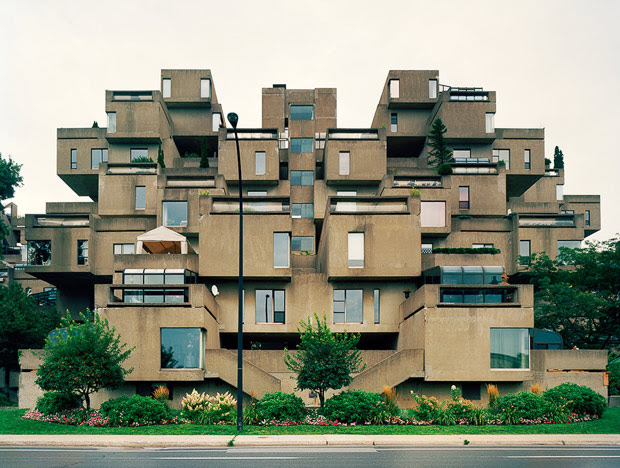 Montreal 1967 World’s Fair, “Man and His World,” Habitat ‘67, 2012 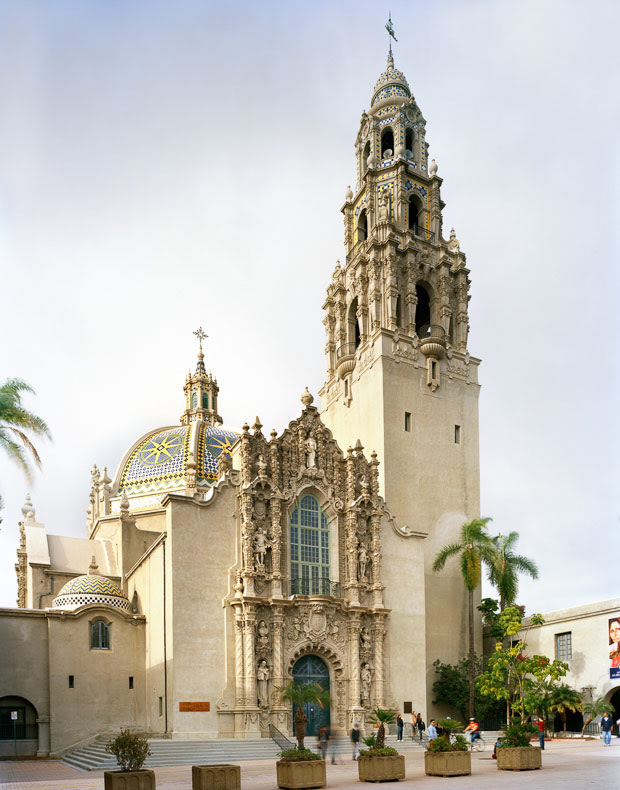 San Diego 1915 World’s Fair, “Panama-California Exposition,” Museum of Man / California Tower, 2013  New York 1964 World’s Fair, “Peace Through Understanding,” Airplane, 2011  Seattle 1962 World’s Fair, “Century 21 Exposition,” Monorail with Gehry-Designed EMP Museum, 2014  Brussels 1958 World’s Fair, “A World View: A New Humanism,” Atomium, 2007 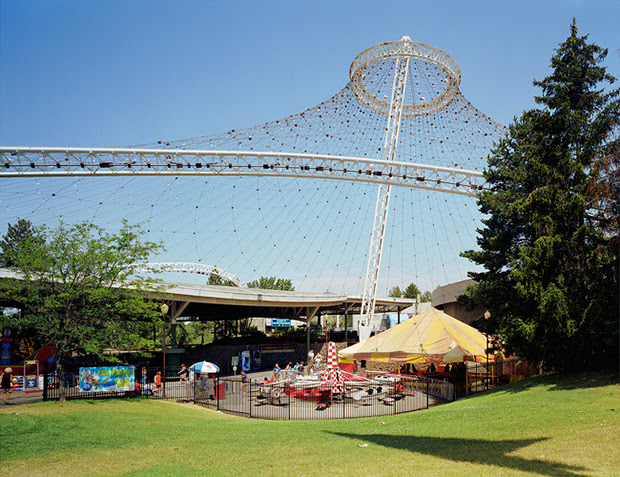 Spokane 1974 World’s Fair, “Celebrating Tomorrow’s Fresh New Environment,” United States Pavilion, 2007 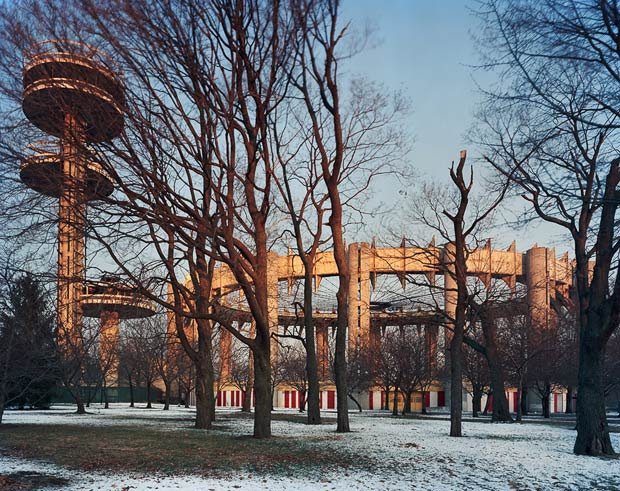 New York 1964 World’s Fair, “Peace Through Understanding,” New York State Pavilion, Winter View, 2014 All images © Jade Doskow The post Photographer Travels the Globe Documenting What Remains of World’s Fair Sites appeared first on Feature Shoot. |
|
Posted: 03 Aug 2015 07:00 AM PDT
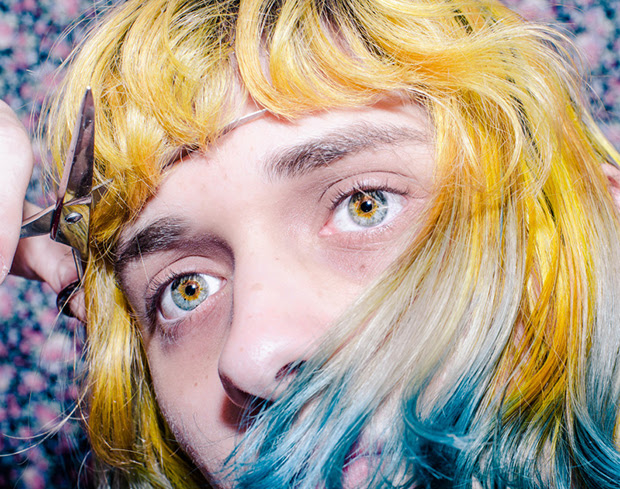 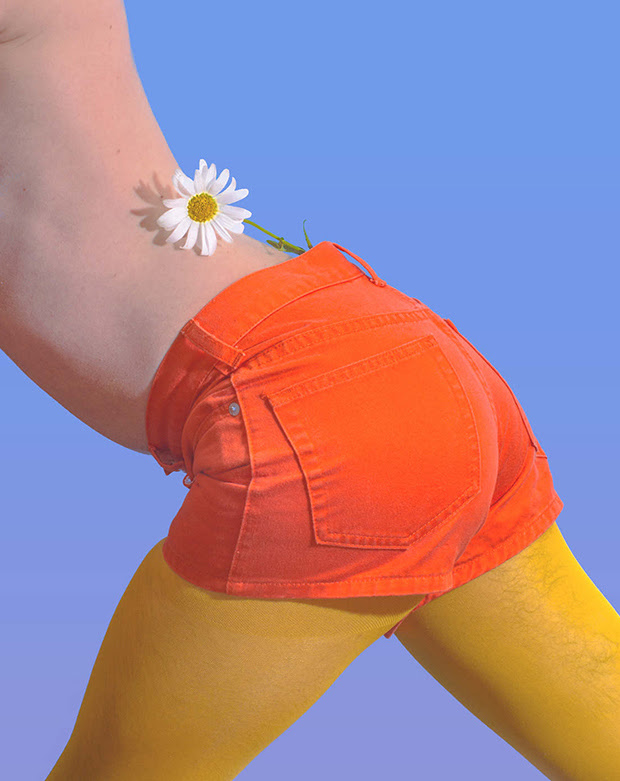 It’s sort of hard to say exactly what drives Hobbes Ginsberg‘s work in simple terms: but for the most part, the photographs and pictures serve as a kind of visual diary. This kind of concept is not new, but the intent with which Ginsberg photographs, as well as the kind of unique aesthetic concepts, make it hard to avoid. Distributed throughout Ginsberg’s photos are the kind of things you’d see showcased during a youtube “what’s in my bag” type video. Other photos resemble something closer to a messy bedroom after one hasn’t left it for weeks on end, or maybe the messy pastel leftovers on the table after a dinner party with friends. These kind of sentiments stretch across Ginsberg’s work, which despite these persisting interesting visual collages, often evolves into stunning, telling displays of self-portraiture. In many of the photos, Ginsberg is the prime focus by way of intriguing self-portraiture. Nonetheless, Ginsberg is always the subject of the photo whether she’s visible in it or not. “I’m queer, but not trans. My pronouns are they and she” says Ginsberg in a short video interview. A lot of Ginsberg’s work touches on the things many other people find to be powerful, but in an inspiring way – finding “glamour” and purpose/power in visual narratives beyond the capitalised constructions we see everyday. Ginsberg is a high concept glitter queen, but don’t think that it’s disingenuous. If our society forces us to identify ourselves, to box ourselves into definitions, then we might as well have fun with it, make it something we can play with, and try to destroy those pressures from the inside. Identity is a central theme of Ginsberg’s work, and there is the ever consistent undertone of survival, of self-preservation. In one particular self-portrait there are blinding arrays of corresponding colours while the focus is entirely on the photographer’s eyes. It feels like they’re looking deeper into yours than you are into theirs. It’s a compelling look at mental illness, gender identity, and colour theory stitched together. The idea of self-ownership that Ginsberg explores is tied in with a lot of concepts of femininity and martyrdom. In a way, Ginsberg is not unlike the work of Australian photographer Jack Mannix or Phebe Schmidt, but mixes those individualised styles with iconic 90s aesthetics that David LaChapelle would have favoured. It crosses the line between “authenticity” and “inauthenticity” spectacularly, making us, the audience, question whether those concepts are ever really relevant in a society that so often asks us to define ourselves. At this point, it’s become hard to tell given the advent of the internet, and Ginsberg takes that with both hands and shakes it until something is produced.      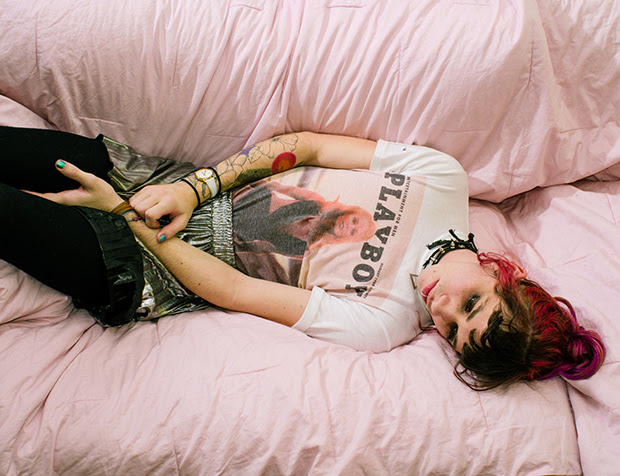     All images © Hobbes Ginsberg The post Queer Photographer Explores the Ambiguities of Femininity and Gender Identity appeared first onFeature Shoot. |
